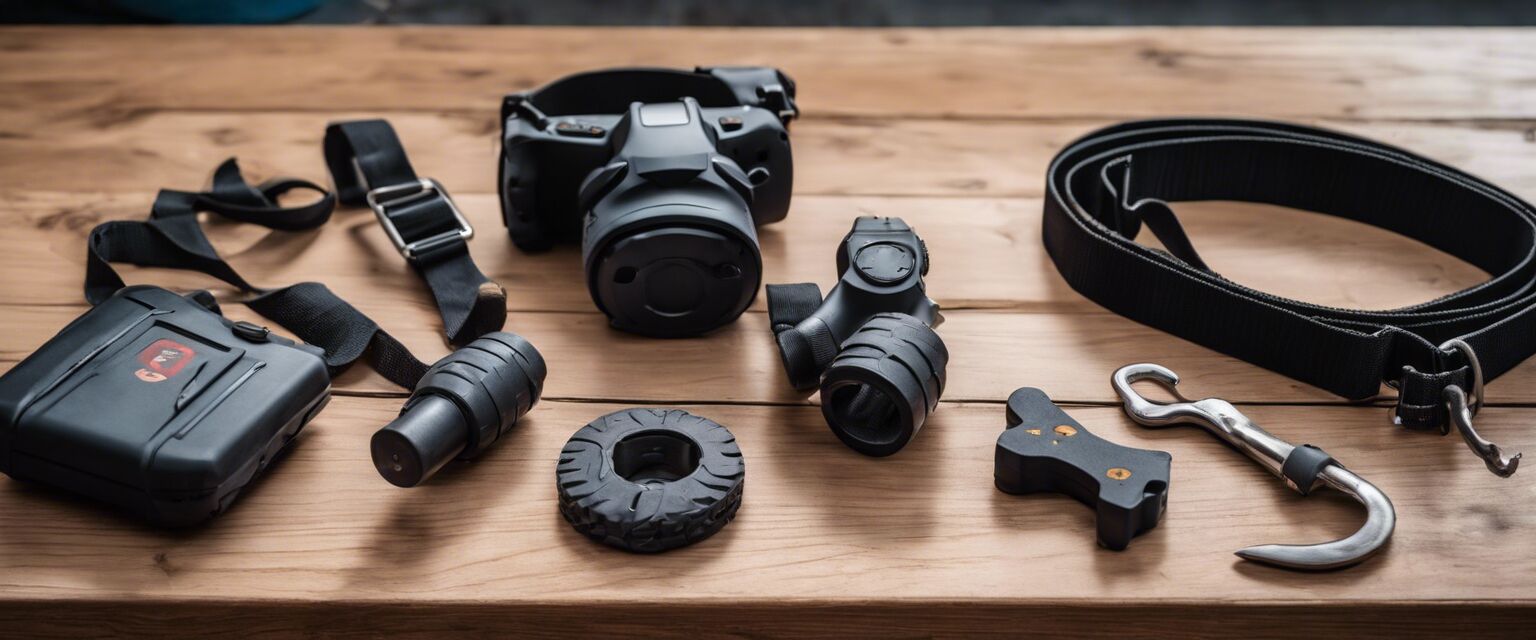
Crate Training Techniques
Crate training is an effective method that can provide your dog with a safe and secure space, positively influencing their behavior. Whether youâre a new puppy parent or you are trying to train an older dog, understanding crate training techniques can help establish a solid foundation for good behavior. In this comprehensive guide, we will explore various crate training methods, their benefits, and tips for success.
Key Takeaways
- Crate training provides a safe space for dogs.
- Using positive reinforcement is critical for successful crate training.
- Establishing a routine can reduce anxiety and make the process smoother.
- Crate training can assist with housebreaking your dog.
- Every dog is different; patience and persistence are key.
Understanding Crate Training
Crate training uses a crate to assist in training your dog. Essentially, the crate acts as their den, providing a sense of security. Crate training can be beneficial for various reasons, including housebreaking, reducing anxiety, and promoting good behavior.
Benefits of crate training
| Benefit | Description |
|---|---|
| Housebreaking | Helps establish a bathroom routine for your dog. |
| Safe Space | Provides a secure place where your dog can relax or retreat during stressful situations. |
| Traveling | Familiarizes your dog with being in a crate during travels and emergencies. |
| Reduces Anxiety | Can minimize stress for dogs in busy or overwhelming environments. |
| Promotes Good Behavior | Encourages your dog to settle down and behave appropriately. |
How to Begin Crate Training
Starting your crate training journey requires a structured approach. Below are some steps to guide you.
- Choose the Right Crate: Select a crate that is comfortable and appropriately sized for your dog.
- Introduce the Crate: Allow your dog to explore the crate with the door open and reward them with treats.
- Make it Comfortable: Line the crate with a soft blanket and provide a few toys to make it inviting.
- Use Positive Reinforcement: Encourage your dog to enter the crate using treats or toys.
- Start with Short Periods: Initially keep your dog in the crate for short intervals and gradually increase the time.
Training Techniques
Effective crate training hinges on these techniques:
- Using a command (like "crate" or "bed") as you guide the dog.
- Rewarding your dog with praise or treats for entering the crate voluntarily.
- Practicing during meal times by feeding your dog in their crate.
- Gradually increasing the duration they stay in the crate while you are home.
- Ignoring any whining until your dog settles, to discourage negative behaviors.

Common Issues During Crate Training
As with any training, challenges may arise. Here are some common issues and solutions:
| Issue | Solution |
|---|---|
| Whining or barking | Ensure your dog has toys and comfort items, avoid responding immediately. |
| Refusing to enter the crate | Use treats to encourage entry, make it inviting, and associate it with positive experiences. |
| Accidents in the crate | Ensure the crate is not too large, establish a bathroom schedule, and take regular breaks. |
| Separation anxiety | Gradually increase the time spent in the crate, coupled with positive reinforcement. |
| Destructive behavior | Ensure the crate is filled with appropriate toys, supervise initially, and gradually increase crate time. |
Tips for Success
Beginner's Section: Tips for Successful Crate Training
- Be patient; training may take time depending on your dog's temperament.
- Consistency is key. Use the crate as part of your daily routine.
- Always use positive reinforcementânever punish your dog for being in the crate.
- Keep the crate in a central location where your dog can see and feel part of the family.
- Consider using comfort items, like a worn t-shirt or blanket, to ease anxiety.

Conclusion
Crate training can fundamentally improve your dogâs behavior, offering them a safe and secure place to relax while enhancing the human-animal bond. Through consistency, patience, and the application of effective techniques, you will find that crate training is a rewarding experience for both you and your furry friend. Remember, every dog is different, so tailor your approach to fit their unique personality.
Pros
- Helps with housebreaking.
- Provides dogs a sense of security.
- Can ease separation anxiety.
- Assists in travel and emergency situations.
- Encourages and promotes good behaviors.
Cons
- May lead to negative associations if not introduced correctly.
- Requires time and patience for effective training.
- Not suitable for all dogs; some may struggle with confinement.
- Can be misused as a punishment instead of a training tool.
For more information on related topics, explore our sections on Crate Training, Interactive Toys, Leashes and Harnesses, Training Clickers and Whistles, and Training Collars.







